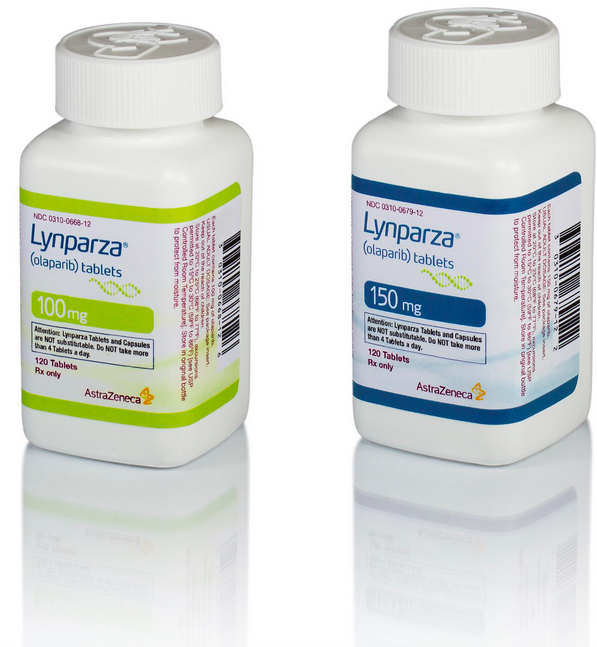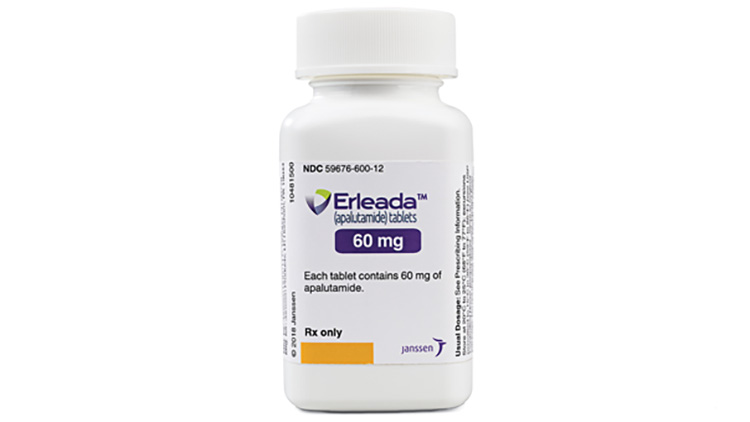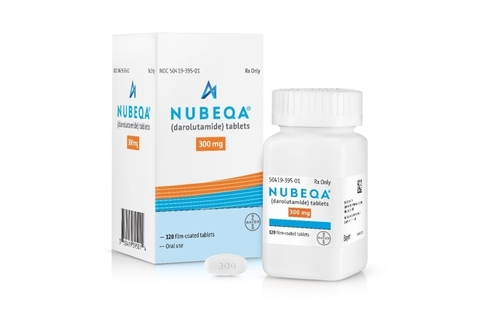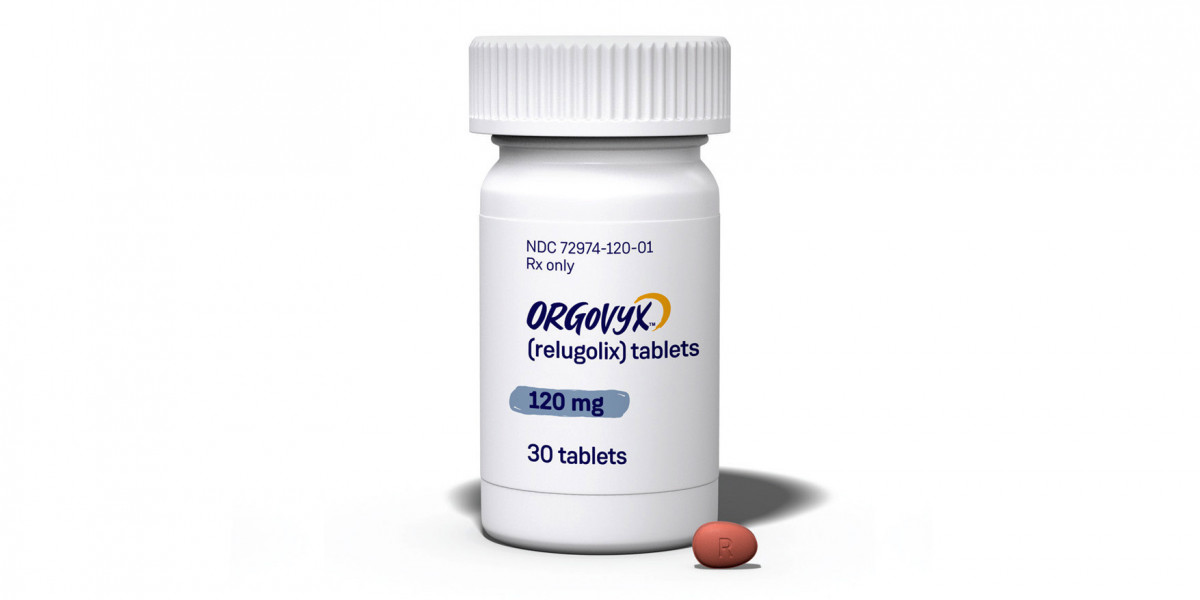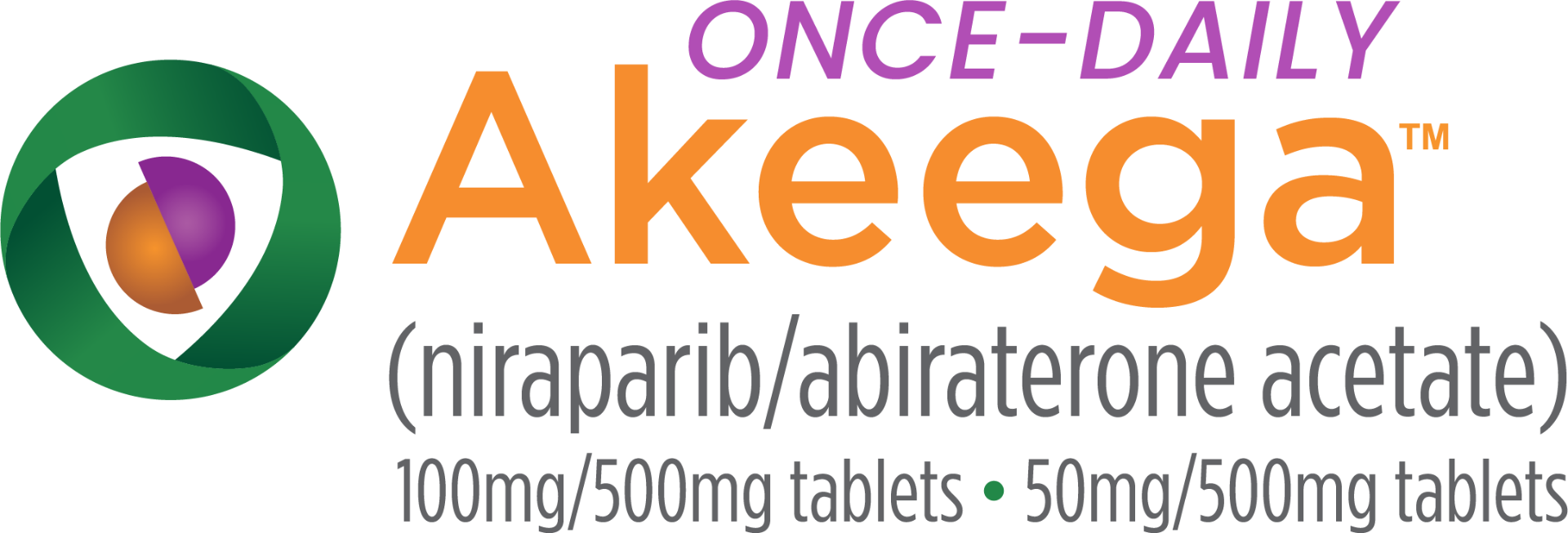New Prostate Cancer treatments 2024
New Prostate Cancer Treatments 2024
Prostate cancer is a common malignancy affecting the prostate gland, which is part of the male reproductive system. It often grows slowly and is initially confined to the prostate gland, where it may not cause serious harm. However, while some types of prostate cancer grow slowly and may need minimal or no treatment, other types are aggressive and can spread quickly. Prostate cancer that's detected early — when it's still confined to the prostate gland — has a better chance of successful treatment. Common symptoms include difficulty urinating, blood in the urine, bone pain, losing weight without trying, and erectile dysfunction, although early-stage prostate cancer often has no symptoms at all.
When considering treatment options for prostate cancer, it's important to discuss with healthcare providers the stage and grade of the cancer, as well as the patient's age and overall health. Treatment options vary and can include active surveillance, surgery, radiation therapy, hormone therapy, chemotherapy, immunotherapy, or targeted therapy. The choice of treatment is influenced by the cancer's aggressiveness and the potential side effects of the treatment. Medications for prostate cancer may have specific benefits as well as risks, and it's crucial for patients to understand these when making decisions about their treatment. Newer treatments and medications are continually being researched, offering hope for more effective management with fewer side effects.

Treatment options
| Treatment option | Estimated cost | Efficacy | Eligibility |
|---|---|---|---|
| Active Surveillance | Varies | High for low-risk cancers | Low-risk localized prostate cancer |
| Surgery (Prostatectomy) | $3,000 - $15,000 | High for localized cancers | Localized prostate cancer |
| Radiation Therapy | $2,000 - $10,000 | High for localized cancers | Localized to locally advanced prostate cancer |
| Hormone Therapy | $300 - $1,500 | Varies; often used in combination | Advanced or metastatic prostate cancer |
| Chemotherapy | $1,000 - $12,000 | Varies; typically for advanced disease | Metastatic prostate cancer |
| Lynparza (Olaparib) | $13,000 - $15,000 | Effective in certain genetic profiles | Metastatic castration-resistant prostate cancer (mCRPC) with specific genetic mutations |
| Erleada (Apalutamide) | $9,000 - $11,000 | Improves survival in mCRPC | mCRPC or non-metastatic castration-resistant prostate cancer (nmCRPC) |
| Nubeqa (Darolutamide) | $7,000 - $9,000 | Delays metastasis in nmCRPC | nmCRPC |
| Orgovyx (Relugolix) | $2,000 - $3,000 | Effective in reducing testosterone levels | Advanced prostate cancer |
| Evaluation of Nivolumab plus Docetaxel in men with Prostate Cancer | Experimental; cost not established | Under investigation | Metastatic hormone-sensitive prostate cancer; currently in clinical trials |
| Entadfi (Finasteride and Tadalafil) | $400 - $600 | May improve urinary symptoms and quality of life | Men with benign prostatic hyperplasia (BPH) and erectile dysfunction (ED) |
| Akeega (Ketoconazole) | $200 - $500 | Off-label use for advanced prostate cancer | Advanced prostate cancer when standard treatments are not suitable |
Treatments options in detail
Treatment Options for Prostate Cancer
Prostate cancer treatment options vary based on the stage of the disease, the patient's age, overall health, and personal preferences. The most common treatments for prostate cancer include active surveillance, surgery, radiation therapy, hormone therapy, chemotherapy, immunotherapy, and targeted therapy.
Active Surveillance and Watchful Waiting
Active surveillance is often recommended for men with low-risk, early-stage prostate cancer that is not causing symptoms. This approach involves closely monitoring the cancer without immediate treatment. Watchful waiting is similar but less intensive and may be appropriate for older men with other health issues.
Surgery
Surgery for prostate cancer typically involves a radical prostatectomy, which is the removal of the entire prostate gland and some surrounding tissue. This can be done through traditional open surgery, laparoscopically, or with the assistance of robotic technology.
Radiation Therapy
Radiation therapy uses high-energy rays or particles to kill cancer cells. External beam radiation therapy (EBRT) and brachytherapy (internal radiation) are two common types used in prostate cancer treatment.
Hormone Therapy
Hormone therapy, also known as androgen deprivation therapy (ADT), reduces levels of male hormones, or androgens, to prevent them from stimulating cancer cells' growth. Common medications include leuprolide, goserelin, and triptorelin.
Chemotherapy
Chemotherapy uses drugs to kill rapidly growing cells, including cancer cells. It is typically used when prostate cancer has spread outside the prostate gland or when ADT is no longer effective. Docetaxel and cabazitaxel are commonly used chemotherapy drugs for prostate cancer.
Immunotherapy
Immunotherapy helps the immune system fight cancer. Sipuleucel-T (Provenge) is an FDA-approved immunotherapy for metastatic prostate cancer that is minimally symptomatic or asymptomatic.
Targeted Therapy
Targeted therapy drugs identify and attack specific types of cancer cells while causing less harm to normal cells. Olaparib (Lynparza) is a PARP inhibitor that has been approved for the treatment of metastatic castration-resistant prostate cancer (mCRPC) with certain genetic mutations.
Androgen Receptor Inhibitors
Androgen receptor inhibitors, such as enzalutamide (Xtandi), apalutamide (Erleada), and darolutamide (Nubeqa), are used to treat non-metastatic and metastatic castration-resistant prostate cancer. These drugs block the effect of androgens on the cancer cells, slowing the growth of tumors.
GnRH Antagonists
Gonadotropin-releasing hormone (GnRH) antagonists, such as relugolix (Orgovyx), are a newer class of hormone therapy that reduce testosterone levels more quickly and with fewer cardiovascular side effects compared to traditional hormone therapy drugs.
Combination Treatments
Combining treatments can sometimes be more effective than using a single treatment alone. The evaluation of nivolumab, an immunotherapy drug, in combination with docetaxel, a chemotherapy drug, is currently being studied in men with prostate cancer to determine its efficacy and safety.
Oral Hormone Therapy
Entadfi (finasteride and tadalafil) is an oral medication that combines a 5-alpha-reductase inhibitor with a PDE5 inhibitor. It is designed to reduce the size of the prostate and improve urinary symptoms associated with benign prostatic hyperplasia (BPH), but it is being studied for its potential use in prostate cancer treatment.
Experimental Treatments
Experimental treatments for prostate cancer are being studied in clinical trials. These include new drugs, vaccines, and combination therapies that have not yet been approved by the FDA. Akeega (previously known as KPT-8602) is an example of an investigational drug that inhibits the nuclear export of proteins involved in cancer cell growth and survival.
High-Intensity Focused Ultrasound (HIFU)
High-Intensity Focused Ultrasound (HIFU) is a non-invasive treatment that uses high-frequency ultrasound waves to heat and destroy cancer cells in the prostate. While not approved by the FDA for the treatment of prostate cancer in the United States, it is available in other countries and is being studied in clinical trials.
Cryotherapy
Cryotherapy involves freezing tissue to kill cancer cells and is sometimes used for early-stage prostate cancer or for cancer that has recurred after radiation therapy.
Bone-Directed Therapy
For prostate cancer that has spread to the bone, bone-directed therapy, including drugs like bisphosphonates and denosumab, can help manage symptoms and prevent complications like fractures.
Personalized Medicine
Personalized medicine, or precision medicine, tailors treatment to the individual characteristics of each patient and their disease. This may involve genetic testing to identify the best treatments or participation in clinical trials for new therapies.
It is important for patients to discuss all available treatment options, including potential side effects and the impact on quality of life, with their healthcare team to make an informed decision that aligns with their goals and preferences.
Symptoms
Common Symptoms of Prostate Cancer
Prostate cancer often presents with a range of urinary symptoms due to the proximity of the prostate gland to the bladder and urethra. The most common symptoms include difficulty starting urination, a weak or interrupted flow of urine, the need to urinate more frequently, especially at night (nocturia), and the feeling of not being able to completely empty the bladder. Some individuals may experience dysuria, which is discomfort or pain during urination.
Advanced Symptoms
As prostate cancer progresses, it may lead to more severe symptoms. These can include the presence of blood in the urine (hematuria) or semen, painful ejaculation, and general pain in the lower back, hips, or thighs. Advanced prostate cancer can also cause erectile dysfunction, which refers to the inability to achieve or maintain an erection sufficient for satisfactory sexual performance.
Metastatic Symptoms
When prostate cancer spreads beyond the prostate gland, it is known as metastatic prostate cancer. This can lead to additional symptoms depending on where the cancer has spread. Common sites of metastasis include the bones and lymph nodes. Bone metastases can cause significant pain in the bones or joints and can lead to fractures. Patients may also experience swelling in the legs or pelvic area if the cancer affects lymphatic drainage.
Constitutional Symptoms
Some individuals with prostate cancer may experience systemic symptoms, often referred to as constitutional symptoms. These can include unexplained weight loss, fatigue, and a general decline in overall health. These symptoms are more common in advanced stages of the disease and can significantly impact the quality of life.
Asymptomatic Cases
It is important to note that in its early stages, prostate cancer may not cause any symptoms at all. This asymptomatic nature of early-stage prostate cancer is why screening measures such as prostate-specific antigen (PSA) testing and digital rectal exams (DRE) are crucial for early detection, particularly in individuals at higher risk for the disease.
Urinary Retention
In some cases, prostate cancer can cause acute or chronic urinary retention. Acute urinary retention is a sudden inability to urinate, which is a medical emergency and requires immediate attention. Chronic urinary retention refers to a long-standing difficulty to completely empty the bladder, which can lead to urinary tract infections and bladder stones.
Signs of Complications
Complications from prostate cancer or its treatments can also manifest as symptoms. For instance, treatments like radiation therapy and surgery can sometimes lead to urinary incontinence or leakage of urine. Additionally, hormonal treatments may cause hot flashes, mood swings, and loss of libido.
Neurological Symptoms
If prostate cancer spreads to the spine, it can compress the spinal cord, leading to neurological symptoms. These symptoms can include numbness or weakness in the legs or feet, difficulty walking, or loss of bladder or bowel control. Spinal cord compression is a medical emergency and requires immediate treatment to prevent permanent damage.
Impact on Mental Health
While not physical symptoms of the disease itself, the diagnosis and treatment of prostate cancer can have a significant impact on a patient’s mental health. Anxiety, depression, and stress are common among individuals facing a cancer diagnosis and can be considered part of the broader symptomatology due to their frequency and impact on well-being.
Monitoring for Symptoms
Patients with known prostate cancer or those at risk for prostate cancer should be vigilant in monitoring for the onset of any new symptoms. Early detection of changes in health or the development of new symptoms is crucial for timely intervention and management of the disease.
Importance of Medical Evaluation
Any individual experiencing the symptoms described above should seek medical evaluation, as these symptoms can also be associated with other conditions of the prostate such as benign prostatic hyperplasia (BPH) or prostatitis. A healthcare provider will be able to conduct appropriate tests to determine the cause of symptoms and recommend a course of action.
Cure
Understanding the Cure for Prostate Cancer
When discussing a cure for prostate cancer, it is essential to understand that the term "cure" refers to treatments that completely eliminate cancer from the body, with no evidence of disease remaining. The likelihood of curing prostate cancer depends on several factors, including the stage and grade of the cancer, the patient's overall health, and the specific characteristics of the tumor.
Localized Prostate Cancer Treatment
For men diagnosed with localized prostate cancer, which is confined to the prostate gland, there are curative treatment options available. The mainstays of curative treatment for localized prostate cancer are surgery and radiation therapy.
Surgery, specifically radical prostatectomy, involves the removal of the entire prostate gland along with some surrounding tissue. This procedure aims to remove all cancer cells and has a high success rate in curing localized prostate cancer, especially when the cancer is detected early.
Radiation therapy can be delivered externally via external beam radiation or internally through brachytherapy. Both methods aim to destroy cancer cells with high-energy rays. Radiation therapy can be as effective as surgery for many men with localized prostate cancer.
Advanced Prostate Cancer Treatment
In cases where prostate cancer has spread beyond the prostate gland to other parts of the body, such as the bones or lymph nodes, the disease is considered advanced. While advanced prostate cancer may not be curable, it can often be managed for many years with treatment. Hormone therapy, chemotherapy, immunotherapy, and targeted therapies are used to control the growth and spread of advanced prostate cancer and to alleviate symptoms.
Hormone therapy, also known as androgen deprivation therapy (ADT), aims to reduce levels of male hormones, or androgens, which can fuel the growth of prostate cancer cells. ADT is not curative for advanced prostate cancer, but it can significantly slow the progression of the disease.
Chemotherapy uses drugs to kill rapidly dividing cancer cells and is typically used when hormone therapy is no longer effective. While chemotherapy can control the disease and prolong life, it is not considered a cure for metastatic prostate cancer.
Immunotherapy treatments, such as sipuleucel-T, work by stimulating the body's immune system to attack prostate cancer cells. These treatments can extend survival for some men with advanced prostate cancer, but they are not curative.
Targeted therapies focus on specific abnormalities within cancer cells. For example, drugs like olaparib and rucaparib target cancer cells with certain genetic mutations and can be effective in controlling advanced prostate cancer in selected patients.
Recurrence and Cure Considerations
Even when initial treatment is successful, there is a possibility of prostate cancer recurrence. Recurrent prostate cancer is cancer that comes back after it has been treated. The recurrence may be local (in or near the same place it started) or distant (spread to organs like the bones or lungs). The likelihood of a cure in the case of recurrence depends on the extent of the spread and the treatments used.
For local recurrence, salvage treatments such as cryotherapy, which uses extreme cold to destroy cancer cells, or salvage radiation therapy may offer another chance at a cure. For distant recurrences, treatment focuses on managing the cancer and prolonging life rather than curing the disease.
Prognosis and Survival Rates
The prognosis for prostate cancer varies widely. Men with low-grade, localized prostate cancer often have an excellent prognosis with a high likelihood of cure. For higher-grade cancers or those that are more advanced at diagnosis, the prognosis is less favorable, and the goal of treatment may shift from cure to control of the disease.
Survival rates for prostate cancer are generally high, especially for localized cancer. According to the American Cancer Society, the relative 5-year survival rate for men with local or regional prostate cancer is nearly 100%. For prostate cancer that has spread to distant parts of the body, the 5-year survival rate is lower, but many men live much longer than five years with treatment.
Conclusion
While there is no universal cure for prostate cancer that applies to all cases, many men with localized prostate cancer can be cured with surgery or radiation therapy. For advanced prostate cancer, treatments can control the disease and extend life, but these are generally not considered curative. Ongoing research continues to explore new treatment options and strategies to improve the outlook for men with all stages of prostate cancer.
Access Prostate Cancer medicines today
If Prostate Cancer medicines are not approved or available in your country (e.g. due to supply issues), you can access them via Everyone.org.
How Everyone.org works

Make an enquiry
Choose the medicine you want to access, answer a couple of questions, and upload your prescription to speed things up. We’ll get back to you within 24 hours.


Make an enquiry
Choose the medicine you want to access, answer a couple of questions, and upload your prescription to speed things up. We’ll get back to you within 24 hours.


Breeze through the paperwork
We'll guide you through the required documents for importing unapproved medicine, ensuring you have all the necessary information.


Get a personalized quote
We’ll prepare a quote for you, including medicine costs and any shipping, administrative, or import fees that may apply.


Receive your medicine
Accept the quote and we’ll handle the rest - sourcing and safely delivering your medicine.

Some text on this page has been automatically generated. Speak to your physician before you start a new treatment or medication.
Let's talk
If you have any questions, call us or send us a message through WhatsApp or email:
Contact us

